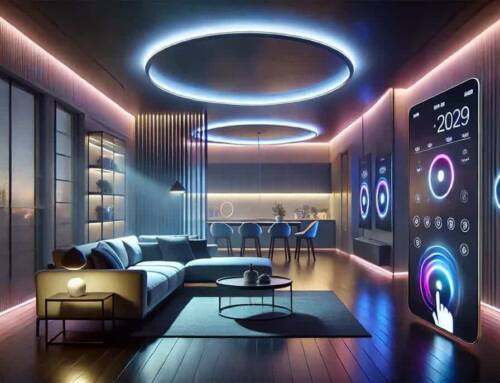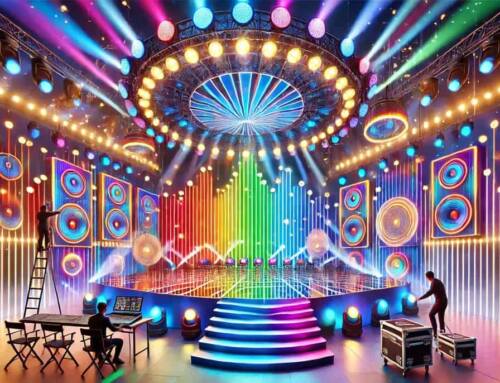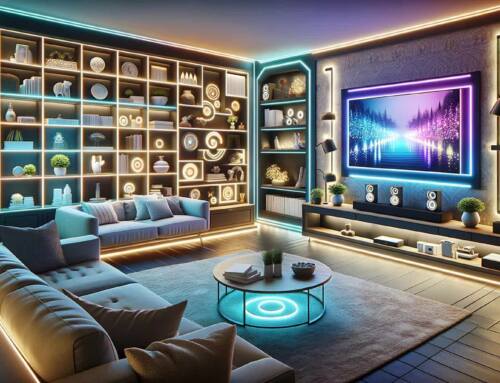Contents
Wireless DMX Applications A Comprehensive Overview
We get a number of questions about the anyDMX™ wireless transmitter and receiver so it seemed like a good topic for a blog post.
The anyDMX™is a reliable 512 channel wireless DMX transceiver. Meaning that it can either receive or transmit, the anyDMX wireless has a total of 7 frequencies to choose from. The anyDMX has a higher frequency than your cell phones and they shouldn’t have any interference.
It’s a great substitute for your DMX cables in order to keep your set-up looking more professional and to avoid people falling and tripping over because your cables are in the middle of the dance floor.
Wireless Transceiver Range
AnyDMX wireless transceivers have a range of about 400 meters (1313ft) in the line of sight, but you need to also take into consideration whether or not there are obstacles between your receiver and transmitter. If there are people or other sorts of obstacles in between them, the range will be less than 400 meters. It may take some trial and error to figure out the exact range if there are obstacles in the way, but you can use the estimated 400 meters as a starting point.
You can check out the video and the startup guide to learn how easy and cost effective it is to set up the anyDMX™ transceiver.
How Many Receivers Can You Use
The number of receivers that you use is completely up to you, the main consideration is the number of fixtures in place. The units come with 7 different frequencies to choose from and if you have one transmitter you can have multiple receivers.
This means you can have a lot of different fixtures around the room and have the peace of mind of getting all them in sync. You have an infinite ability to create different applications because there’s no limit to the number of receivers you can use.The way these work is they make a wireless signal that transfers to DMX and there is no lag in between fixtures.
Compatible Fixtures
You may be wondering which fixtures are compatible with these wireless units. The anyDMX™ transceivercan be used in applications ranging from fog machines to light bars. If the lighting application works with any DMX 512fixture then odds are that it be compatible.
Number of Pins & Set-Up
The number of pins these units are equipped with is 3-pins. If you have fixtures with 5-pin outputs then you may have to purchase a converter such as the 70029 .It’s as simple as connecting one to your transmitting end, and then connect the other one to your receiving end. The great thing is that you’re not going to see any lag between the units.
The signal is a 2.4 GHz which is actually much higher than your cell phones and you won’t notice any interruption or interference. The set-up steps are easy to follow:
- Connect the barrel connector on your transmitting end. (the one that will go into your DMX console)
- Connect the DMX transceivers to thepower supplies.
- Click the little light button with a paper clip or something similar to get the m both on the same frequency.
- After you’ve got them on the same frequency, connect one of the anyDMX transceivers to your transmitting end.
- Make sure that green light is blinking.
Once you notice the light blink you can connect to your fixture and you will have a strong and reliable wireless DMX connection.












Leave A Comment
You must be logged in to post a comment.